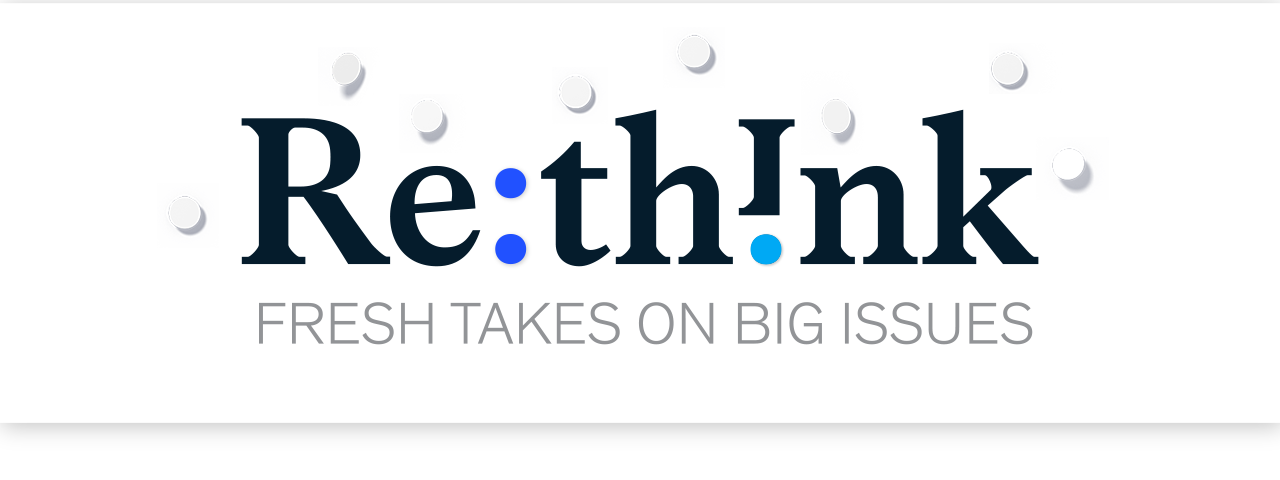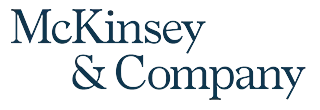 | |
|
|
|
ON THE EMPLOYEE EXPERIENCE
Investing in a better workplace for all ages
|
|
|
|
|
|
|
|
|
|
|
|
While the pandemic has been a traumatic experience for all of us, it has also offered many employees the opportunity to question their routines and reflect on their needs and motivations—and forced employers to listen. It has changed the power dynamic in the employment market and brought new job-related factors to light.
We researched the factors that matter most to employees across age groups and found that most of the conventional wisdom about generational differences doesn’t hold true. Work preferences are more similar than different by age, which may be especially surprising to employers nervous about generational change and how to adapt, especially to Gen Zers. Yes, Gen Zers are somewhat less concerned than others about compensation and place more value instead on flexibility, career development, meaningful work, and a safe environment. But other age groups also list many of the same factors as most important in their employment decisions.
For example, at all ages, employees highly value career development and learning. You might think that younger people would be more interested in development than people in the later stages of their career. But everyone cares about opportunities to get promoted, change roles, and have a true career path within a company.
In general, I don’t think employers need to provide different things to younger employees versus older ones. But it is important to take a nuanced approach to creating an engaging employee experience. While everyone values flexibility, it can look different across age groups and life stages. Gen Zers may rank flexibility highly so they can spend time on hobbies or traveling, while older millennials with caretaking responsibilities might value parental leave or flexible hours more than the ability to take several weeks of vacation in a row.
If they care for their employees and want to motivate them, employers have to understand people’s needs over the course of their careers. They have to know which moments matter most to their people and build the work experience around those. This means listening to as many workers as possible, using that feedback to create a constant dialogue with employees, and involving them in decisions about their work experience. It also means taking a strategic approach to skill development. If you have visibility into your people’s skills, where you can encourage them to take the next step, and which learning programs will most help them, you’ll better understand what meaningful career development looks like in different life stages.
|
|
| |
|
“We know attrition has a high cost: for the average S&P 500 organization, an attrition rate of 10 to 20 percent will cost between $130 million and $270 million.” |
| |
|
Technology can play a huge role in supporting everyone’s development. Companies can use AI, for example, to assess current skill levels and identify stretch assignments that keep people motivated to learn something new and even consider what jobs they could do next. These types of pushes also optimize productivity and performance, as other McKinsey research shows that the most productive, successful employees make regular role changes throughout their careers, not just at the beginning. Of course, learning can be delivered effectively in a hybrid or a remote way. Many learning opportunities can be digitized and gamified. They’re entertaining, so people choose to spend free time on learning.
Still, Gen Zers pose—and face—some unique challenges. There is a higher risk of them leaving if their needs are not satisfied. In hybrid or remote workplaces, it can be harder for Gen Z employees to get the growth and apprenticeship opportunities they need. But I am convinced that a combination of the right leadership style, along with technology, can support development and mentorship in any environment.
Our research found that uncaring leaders ranks among the top three reasons people leave a company or don’t join a new one. When COVID-19 started, managers and leaders were thrown into the deep end as expectations changed; hybrid or remote environments require very different leadership styles. Leaders now need to have the confidence to set a vision for when (and how) to bring people together and when people are allowed to choose where they do their work. That requires a shift from the command-and-control style, which is a way of leading that doesn’t work anymore, for Gen Z or any age group. So, it’s less about “you need to lead Gen Z differently,” than “you need to lead differently in a new environment for everyone.”
We analyze not only the factors for improving the employee experience but also the value at stake by not delivering on that. Companies can’t address their workforce’s needs through incremental improvements; it requires both commitment and true investment. We know attrition has a high cost: for the average S&P 500 organization, an attrition rate of 10 to 20 percent will cost between $130 million and $270 million. In our sample, more than half of workers reported low or moderate satisfaction with their work. This can lead to absenteeism, presenteeism, and quiet quitting, all of which undercut productivity at work and, based on our estimate, could cost the average S&P company around $90 million. Disengagement costs money, and one way or another, companies have to act upon it.
|
|
|
| |
| | |
| |
|
AD Bhatia on worker ingenuity |
|
Frontline workers often have the best ideas for improving productivity, but few companies capitalize on this rich source of creativity. Here’s how worker insights can improve transformations.
|
|
|
| |
| |
|
This email contains information about McKinsey’s research, insights, services, or events. By opening our emails or clicking on links, you agree to our use of cookies and web tracking technology. For more information on how we use and protect your information, please review our privacy policy. |
|
You received this email because you subscribed to our McKinsey Quarterly alert list. |
|
|
Copyright © 2023 | McKinsey & Company, 3 World Trade Center, 175 Greenwich Street, New York, NY 10007 |
|
|
|
|





